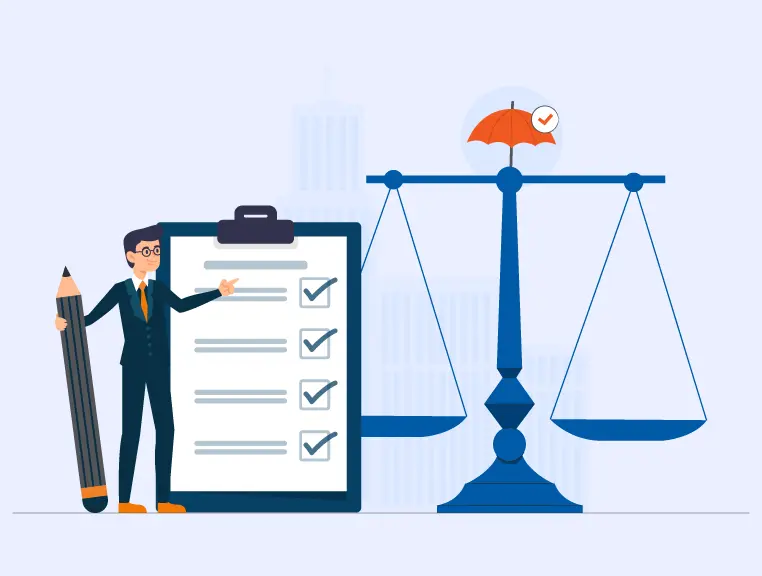We live in a litigious environment where consumers are increasingly aware of their rights and ready to pursue legal action if they believe a product has harmed them. Businesses must protect themselves against potential financial losses arising from product failures, defects, or other liabilities.
Today, businesses face many challenges to thrive in the market as they need to operate on a global scale. Selling the products in various countries in different regulatory environments involves many risks. Businesses also need to consider technological advancements and introduce innovative products into the market. A complex supply chain system involving multiple parties is another challenge for businesses to include in their risk management strategy. This is when product risk insurance comes into play as it addresses most of these challenges by giving protection against potential risks associated with it.
What is product risk insurance?
Product risk insurance is a type of insurance that covers businesses against financial losses resulting from product failures, defects, or other liabilities. The policy also offers protection to various parties in the supply chain like manufacturers, suppliers, distributors, and retailers against product liability claims. This includes property damage or bodily injury caused by their products. It provides coverage for legal defence costs, court settlements, and judgments resulting from litigations alleging that a product caused harm to a consumer or third party.
The product risk insurance provides coverage for the following product risks:
- Coverage for costs of settlements or judgments awarded to plaintiffs in product liability lawsuits
- Coverage for claims related to design defects, product contamination, malfunction, inadequate warnings, or wrong instructions.
- Legal expenses cover include attorney fees, court fees, and other litigation-related expenses.
- Financial protection coverage for parties in the supply chain, including manufacturers, suppliers, distributors, retailers, wholesalers, and importers.
Apart from this, product risk insurance can be customized as per the specific needs of the business and types of products. Some insurers may offer risk management services like quality control assessments, product safety training, and regulatory assistance. This can help businesses understand how to mitigate product risks. Coverage can also be extended for international markets helping businesses manage the complexities of global markets and compliance requirements.
What is associated with the product risk?
There are various factors associated with product risks such as manufacturing defects, design flaws, inadequate instructions, labeling faults, uncertainty about product acceptance in the market, and more. Some of the key risks include regulatory issues, reputation damage, and variable consumer behavior.
How does product risk insurance play an important role?
Product risk insurance plays an important role in handling emerging technologies and innovative features. Here are some of the important features of product risk insurance that help businesses come up with innovative products:
Customised coverage
Collaboration with technology experts
Insurance providers may collaborate with technology experts, and researchers to better understand the innovative product designed using emerging technology. This would help to evaluate various factors such as potential vulnerabilities, market acceptance, and regulatory considerations.
Flexibility
Product risk insurance policies may offer flexibility to accommodate the evolving nature of emerging technologies. This could involve provisions for updating coverage terms as per the updation in technology. Insurers also continuously monitor developments in emerging technologies to stay ahead of potential risks. This includes keeping track of industry trends, emerging best practices, and regulatory changes.
Conclusion
To sum up, product risk insurance adapts to the dynamic landscape of emerging technologies by assessing the newer potential risks, tailored coverage, collaborating with experts, and offering risk management services. This helps businesses navigate the risks associated with emerging technologies and innovation while protecting themselves against potential financial losses.
About The Author
Rajesh Mehta
MBA Finance
Rajesh has become a distinguished expert in liability insurance with over 8 years of extensive experience in the insurance industry. As a dedicated writer for SecureNow, he crafts insightful and informative blogs and articles that help businesses and individuals understand the nuances of liability insurance, from policy details to industry trends. Throughout his career, Rajesh has developed a profound knowledge of various types of liability coverage, including professional, general, and product liability insurance. Their expertise enables them to break down complex topics into accessible content, making it easier for readers to make informed decisions about their insurance needs.



